Ancient Warfare is a unique publication focused exclusively on soldiers, battles, and tactics, all before 600 AD. Starting with ancient Egypt and Persia and continuing to the fall of the Western Roman Empire, Ancient Warfare examines the military history of cultures throughout Europe, the Middle East and parts of Asia and Africa. Ancient Greece and Rome receive the most frequent coverage, due both to the wealth of contemporary sources and the modern fascination with these two great civilizations. Subject-matter ranges from the familiar to the more obscure: while Alexander the Great, the Persian Wars and Caesar’s Gallic campaigns all receive regular coverage, Ancient Warfare also looks at some of the less common parts of ancient military history, from chariots as battle taxis to PTSD in antiquity.
Ancient Warfare Magazine
Chariot use in Bronze Age Siberia
PRELIMINARIES • NEWS ITEMS BY LINDSAY POWELL
Soldier may have been ‘restrained' in death
HAVE YOU READ?
BEESWAX TO BRONZE • The naval ram, in its three-bladed form, was the predominant weapon of ancient navies used throughout the Mediterranean to break, breach, or destroy enemy warships for almost a thousand years. This type of ram has only been attested archaeologically in the last few decades, and the majority were found far more recently. But how exactly were these complex bronze-cast rams made?
THE STANDARD OF UR • Found during Sir Charles Leonard Woolley's excavations at the cemetery of the Sumerian capital of Ur (modern Tell el-Muqayya — Arabic for “mound of pitch”, near Nasiriyah, in southeastern Iraq) in 1927–1928, the ‘Standard of Ur' is one of the earliest depictions of the Sumerian army. Now housed in the British Museum, the Standard has long intrigued scholars and the public.
THE ARMY OF AUGUSTUS • Augustus is rightly acknowledged as the architect of the Principate, who managed to impose an autocracy on the Roman people by concealing the tyrannical elements of his power base. One of the core elements was the ownership of a permanent standing army whose loyalty was guaranteed by regular pay and whose officers were bound to him by oaths of allegiance and the promise of advancement. But exactly how many legions did Augustus have?
The clades Variana
THE CLAUDIO-NERONIAN LEGIONARY • From the hoplite-like levy of Archaic Rome to the limita- nei and comitatenses of Late Antiquity, the equipment of the Roman army never stopped evolving. Nowhere is this process of evolution more evident than during the first century AD thanks to a wealth of archaeological material.
NUMERO ET NOMINA • The numerals and names of the Roman legions made them instantly recognizable both during Antiquity and today. Though seemingly chaotic, there was a system for assigning the legions their numerals and names which drew on both earlier precedent and recent innovation.
THE DEFEAT OF VICTORY • In mid-June AD 61, the rebellion of Boudicca reached its bloody conclusion. The location of the defeat of the queen of the Iceni is uncertain. It presumably lay to the northwest of Verulamium (St. Albans), somewhere on the route of the Roman road known as Watling Street.
Sources for the battle
What was a cuneus?
OPTIMIZED FOR OPERATIONS • On becoming princeps on 24 January AD 41, Claudius Caesar had both a negative personal image to overcome and a formidable inheritance to live up to. Over thirteen years as the ‘First Man', he proved to be a highly competent commander-in-chief, scoring victories and annexing territories. Making changes that strengthened Rome's institutions of warfighting and peacekeeping were key to his success and legacy.
Claudian warriors
THE GRAVE STELE OF POLLIS • Around 480 BC, a young man set forth from his home – probably the Greek city-state of Megara – to fight against the...
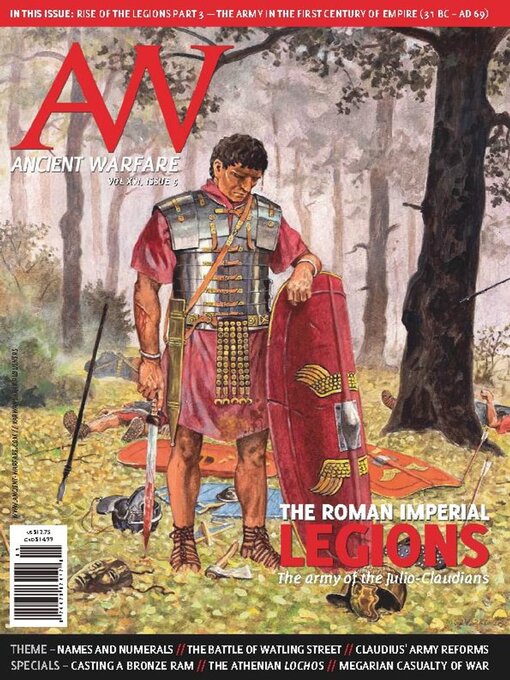
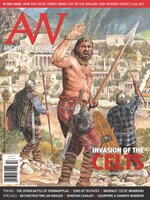 AW XVII.2
AW XVII.2
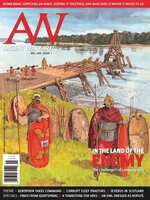 AW XVII.1
AW XVII.1
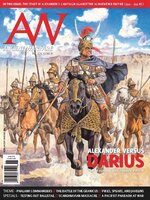 AW XVI.6
AW XVI.6
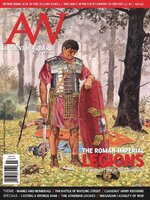 AW XVI.5
AW XVI.5
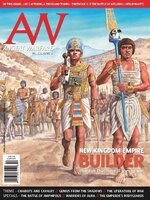 AW XVI.4
AW XVI.4
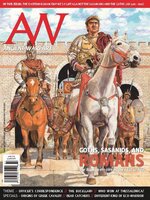 AW XVI.3
AW XVI.3
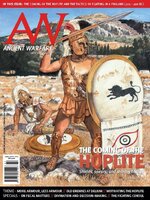 AW XVI.2
AW XVI.2
 AW XVI.1
AW XVI.1
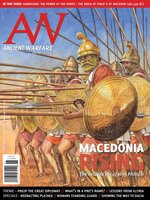 AW XV.6
AW XV.6
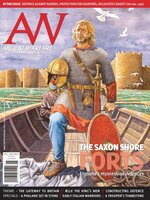 AW XV.5
AW XV.5
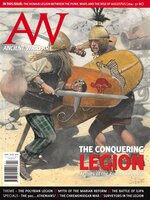 AW XV.4
AW XV.4
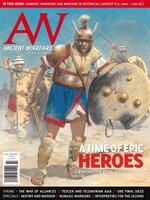 AW XV.3
AW XV.3
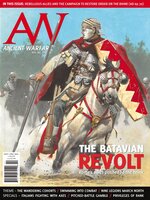 AW XV.2
AW XV.2
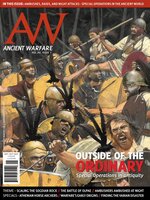 AW XV.1
AW XV.1
 AW XIV.6
AW XIV.6
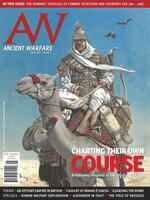 AW XIV.5
AW XIV.5
